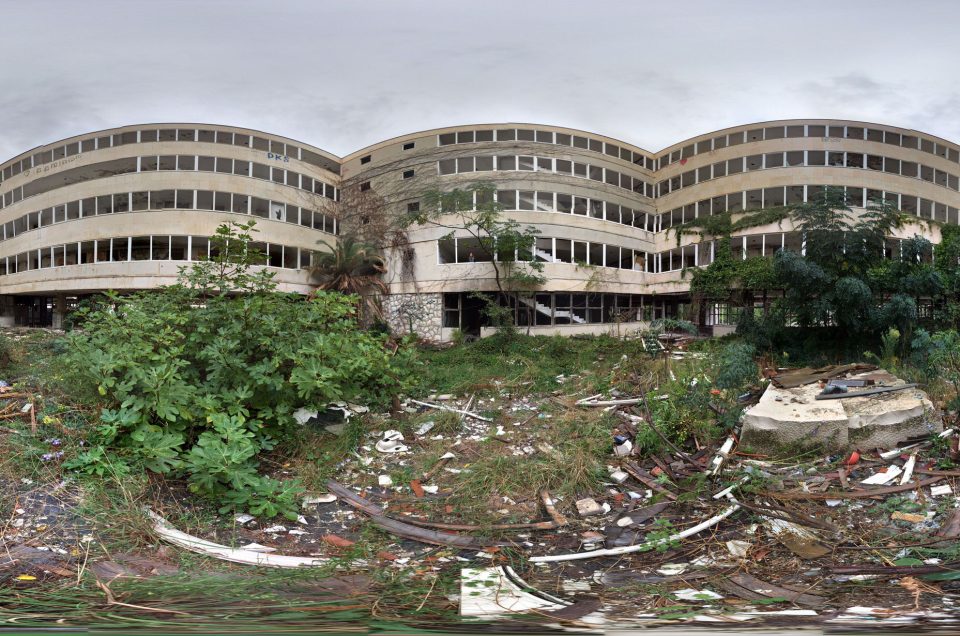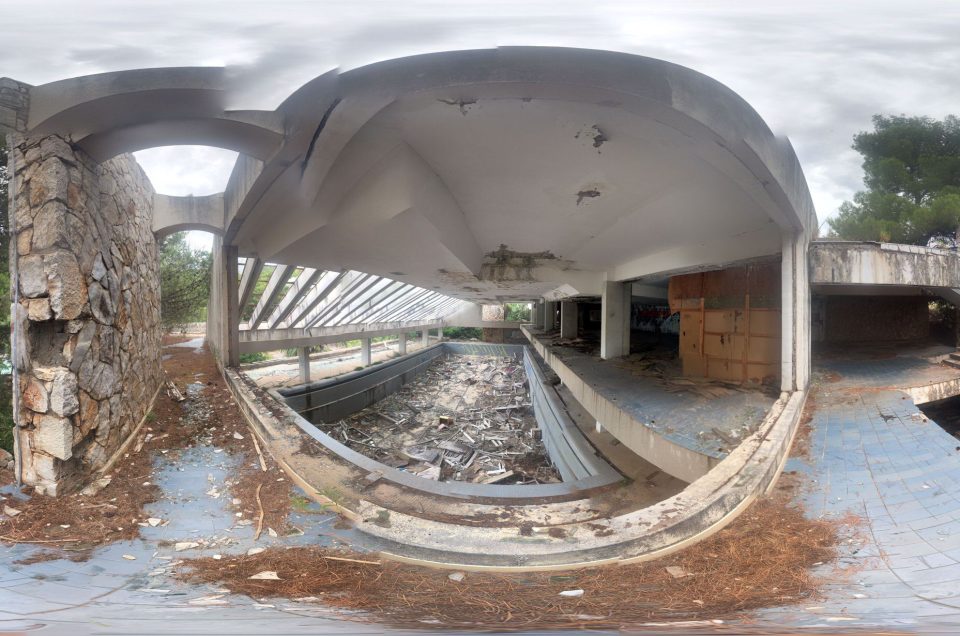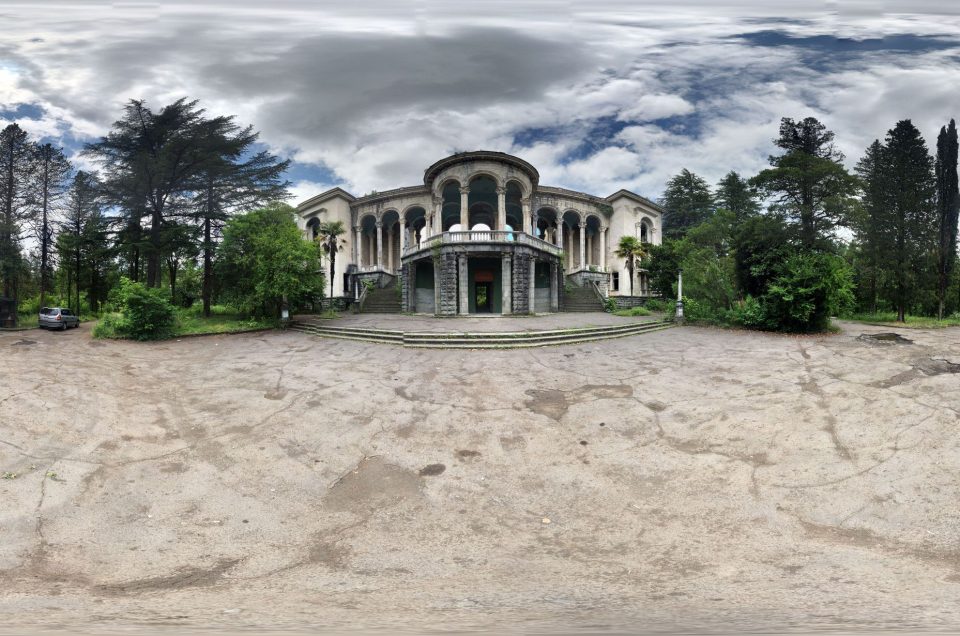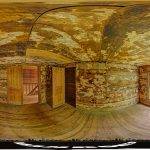Exploring the Forgotten Beauty: The Ruins of Paricatuba in Iranduba, Brazil
Nestled in the lush greenery of Iranduba, Brazil, the Ruins of Paricatuba stand as a poignant reminder of the region’s rich and varied history. These enigmatic structures, now embraced by nature, tell a story that intertwines colonial ambitions, societal changes, and the relentless passage of time. In this exploration, we delve into the origins, uses, abandonment, historical significance, and the current state of the Paricatuba ruins. Below are several 360-degree panoramic images from Google Maps Street View that capture the beauty of the ruins.
Images by: Ricardo Castelblanco
The Birth of Paricatuba: A Historical Overview
The Paricatuba ruins date back to the late 19th century, a period marked by rapid development and change in Brazil. The buildings were constructed in the 1890s, during a time when the rubber boom was profoundly transforming the Amazonian region. This era brought wealth and innovation but also challenges and transformations to the local communities.
Architectural Marvel of Its Time
The main building, which now stands as the most prominent ruin, was initially designed as a luxurious hotel. Its architecture reflected the opulent tastes of the period, with influences from European styles, particularly the Italianate. The hotel was envisioned to cater to the wealthy rubber barons and visitors who were flocking to the Amazon in search of fortune and adventure.
Transition to a Leprosarium and Beyond
However, the building’s life as a hotel was short-lived. Due to various factors, including the decline of the rubber boom and logistical challenges, the building was repurposed. In the early 20th century, it became a leprosarium, a testament to the changing needs and social concerns of the time. This transformation marked a significant shift in the building’s role, from a symbol of luxury to a place of isolation and treatment for those suffering from leprosy.
The Descent into Abandonment
The decline and eventual abandonment of the Paricatuba ruins were gradual. The leprosarium operated for several decades, but with advances in medical science and changing social attitudes towards leprosy, its relevance diminished. By the mid-20th century, the facility was no longer in use, and the buildings were left to the mercy of the Amazonian climate.
The Impact of Nature and Neglect
The combination of the humid, tropical climate and lack of maintenance accelerated the decay of the structures. The once grand buildings began to crumble, with nature slowly reclaiming the space. Trees, vines, and other flora enveloped the ruins, creating a surreal landscape that juxtaposes human history with the relentless force of nature.
Historical Significance: Reflecting a Bygone Era
The Ruins of Paricatuba are more than just decaying buildings; they are a tangible connection to a pivotal era in Brazilian history. They stand as a reminder of the rubber boom, which significantly impacted the Amazon region’s social, economic, and environmental landscape.
A Symbol of Societal Change
Furthermore, the ruins embody the societal changes that occurred over the past century. The transformation from a hotel to a leprosarium reflects the shifting priorities and challenges of the time. It speaks to the evolving understanding of diseases like leprosy and the changing attitudes towards public health and isolation.
The Current State: A Blend of Ruin and Beauty
Today, the Ruins of Paricatuba are a hauntingly beautiful sight. The structures, though in a state of decay, have an eerie charm. The way nature has interwoven itself into the fabric of the buildings creates a picturesque scene that attracts photographers, historians, and tourists alike.
A Site of Cultural Interest
Despite their neglected state, the ruins have garnered attention as a site of cultural and historical interest. They offer a unique glimpse into a past era and serve as a subject for study and reflection on the region’s history.
The Challenge of Preservation
The preservation of the Paricatuba ruins is a topic of ongoing discussion. The balance between allowing nature to take its course and preserving the site for historical and educational purposes is delicate. Efforts to maintain the ruins, while respecting their natural integration, are part of the broader conversation about heritage conservation in Brazil.
Conclusion: A Testament to Time and Transformation
The Ruins of Paricatuba in Iranduba, Brazil, are more than just remnants of buildings; they are a testament to the region’s history, the transformations it has undergone, and the inexorable passage of time. As they stand today, caught between decay and natural beauty, they invite reflection on the past and contemplation of the future of heritage preservation. For those who visit, the ruins offer a unique window into a bygone era and a poignant reminder of the ever-changing nature of human endeavor.
If you liked this location, you might find these interesting as well, the Lake Dolores Water Park in California, the Windsor Ruins in Mississippi, or the Garnet Ghost Town in Montana.

A 360-degree panoramic image showcasing the beauty of the ruins of Paricatuba in Brazil. Image by: Ricardo Castelblanco
Do you have 360-degree panoramic images captured in an abandoned location? Send your images to Abandonedin360@gmail.com. If you choose to go out and do some urban exploring in your town, here are some safety tips before you head out on your Urbex adventure.
Unlock the secrets of exploration by diving into precise GPS data available exclusively for an array of hidden gems and hundreds of other captivating sites, all within our members’ section. By investing in a Gold Membership, you’re not just gaining access; you’re securing a key to a vast, global archive of abandoned, untouched, and mysterious locations waiting to be discovered. Embark on your adventure with confidence, knowing every corner of the world can be within your reach. Don’t just observe—explore, discover, and claim the extraordinary journey that lies ahead with our treasure trove of world secrets. Subscribe now and transform the way you see the world!
Find more images of this location on Google Maps.
Click on a state below and explore the top abandoned places for urban exploring in that state.






